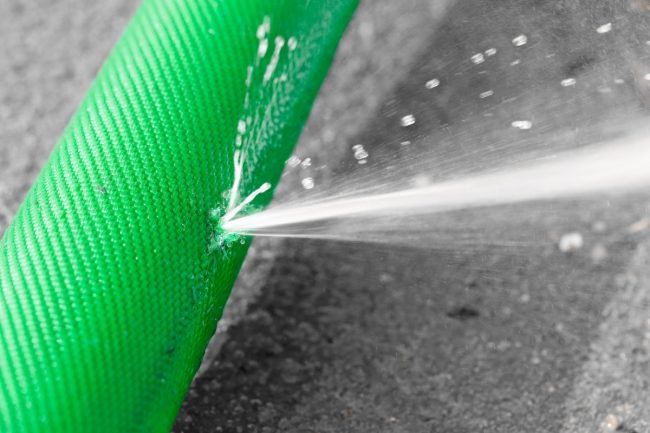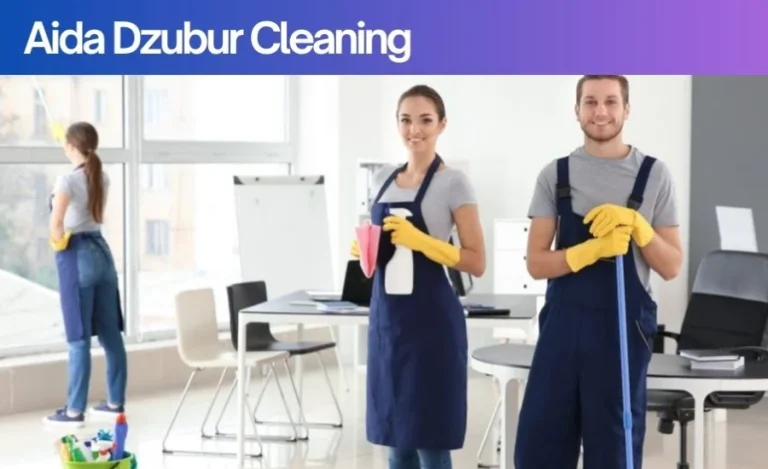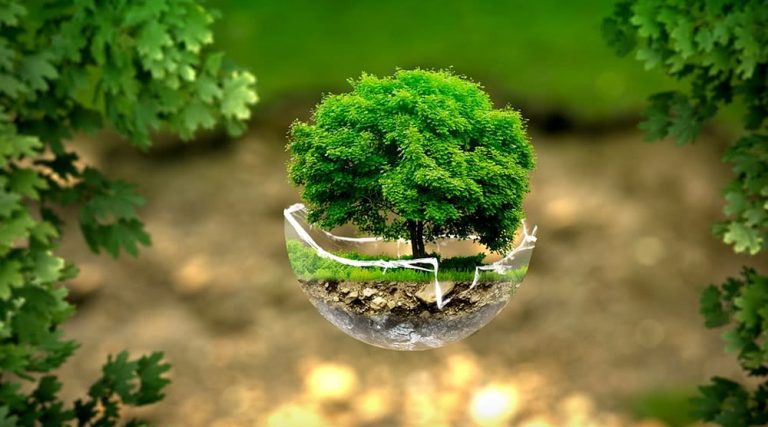Top 3 Common Hose Problems and How to Fix Them
When it comes to maintaining your garden, washing your car, or tackling household chores, hoses play a critical role. However, they can face various issues over time, leading to inefficiencies and frustrations. Understanding these common hose problems and how to fix them can save you time, money, and hassle.
1. Leaks
Problem Overview:
Leaks are one of the most common problems with hoses. They can occur due to wear and tear, improper storage, or damage from environmental factors. A leaking hose not only wastes water but can also reduce the pressure needed for effective cleaning or irrigation.
Causes:
- Worn-out O-rings or Washers: The rubber components in the hose connectors can wear down over time.
- Cracks and Holes: Exposure to sunlight, extreme temperatures, or abrasion can lead to cracks in the hose material.
- Improper Connections: Loose fittings can also lead to leaks.
Solutions:
- Replace O-rings and Washers: Purchase new O-rings or washers at your local hardware store or search for “hoses near me” to find a nearby retailer. Simply unscrew the connector, remove the old O-ring or washer, and replace it with a new one.
- Seal Small Cracks: For minor cracks, consider using a hose repair tape or a hose mender. Clean the area around the crack, apply the tape tightly, and ensure it covers the damaged area well.
- Replace the Hose: If the hose has multiple cracks or severe damage, it may be more cost-effective to replace it entirely.
Maintenance Tips:
- Store hoses in a cool, shaded area to prevent sun damage.
- Regularly examine hoses for signs of wear or damage.
- Drain hoses after use to prevent freezing in colder months.
2. Kinks
Problem Overview:
Kinks can cause frustrating interruptions in water flow and can even lead to damage if not addressed. They typically occur when a hose is coiled or bent improperly.
Causes:
- Improper Storage: Coiling the hose too tightly can lead to kinks when uncoiled.
- Poor Quality Hose: Some lower-quality hoses are more prone to kinking.
Solutions:
- Uncoil Gently: When using your hose, uncoil it gently, ensuring that you do not pull it too tightly around corners or bends.
- Use Hose Guides: Hose guides or stakes can help keep hoses untangled and properly aligned, preventing kinks.
- Invest in a Quality Hose: If kinks are a consistent issue, consider upgrading to a higher-quality hose designed to resist kinking.
Maintenance Tips:
- Always unwind your hose completely before use to avoid kinks.
- Store hoses loosely coiled and avoid tight bends.
- Use a hose reel to keep your hose organized and kink-free.
3. Bursts
Problem Overview:
A burst hose is a major inconvenience and can result in water damage if not caught quickly. This problem is often due to excessive pressure or material failure.
Causes:
- High Water Pressure: Excessive pressure can cause hoses to burst, especially older or cheaper models.
- Material Fatigue: Over time, hoses can weaken due to age, exposure, and wear.
Solutions:
- Check Water Pressure: Use a pressure gauge to ensure your water supply is within the hose’s specified limits. If the pressure is too high, you may need a pressure regulator.
- Use a Hose Clamp: For small bursts, a hose clamp can be a quick fix. Clean the area around the burst, wrap the clamp around the damaged section, and tighten it securely.
- Replace the Hose: If a burst occurs, assess the damage. If significant, replace the hose entirely.
Maintenance Tips:
- Avoid leaving hoses pressurized when not in use.
- Inspect hoses regularly for signs of wear, especially at the connectors.
- Purchase hoses designed for high-pressure applications if necessary.
Conclusion
By understanding these common hose problems and how to address them, you can significantly extend the lifespan of your hoses and ensure that they perform effectively for all your gardening and cleaning tasks. Regular maintenance, such as proper storage and routine inspections, will help prevent many issues before they become significant problems. When searching for new hoses, don’t hesitate to look for “hoses near me” to find reliable retailers that can offer a range of options suited to your needs. With the right care and attention, your hoses can continue to serve you well for years to come.
FAQs
1. How often should I inspect my hoses for damage?
It’s advisable to inspect your hoses at least once a month, especially during the growing season when they are used more frequently. Look for cracks, leaks, and kinks.
2. Can I repair a burst hose?
Depending on the extent of the damage, you can often repair a small burst with a hose clamp or repair tape. However, if the hose is severely damaged, replacement is usually the best option.
3. What type of hose should I buy for high-pressure applications?
For high-pressure applications, look for hoses labeled as “high-pressure” or those designed for specific tasks like pressure washing. Always check the manufacturer’s specifications.
4. How do I store hoses to prevent damage?
Store hoses loosely coiled in a cool, dry place, ideally off the ground. Consider using a hose reel to prevent kinks and protect them from UV exposure.






